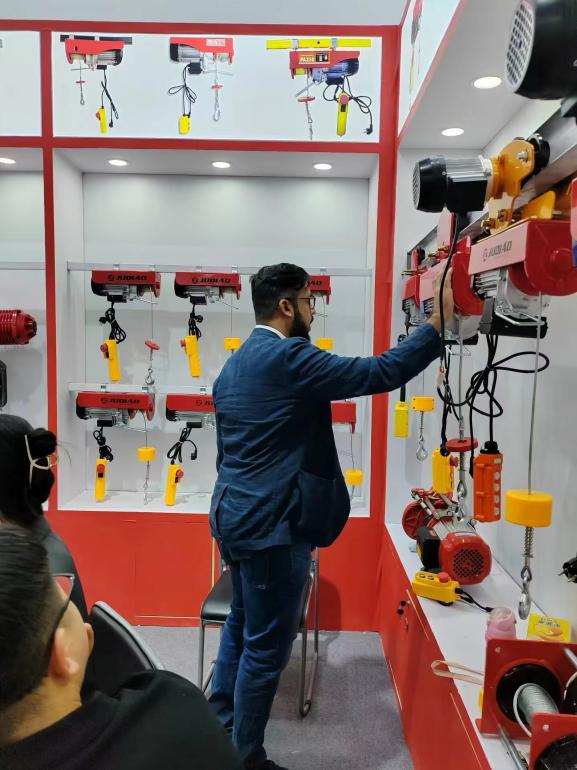


The Importance of Lifting Equipment in Modern Industries
Lifting equipment plays a vital role in various industries, serving as an essential component for efficient and safe material handling. From construction sites to manufacturing plants and warehouses, lifting equipment aids in the movement of heavy loads, ensuring that operations run smoothly and safely. In this article, we will explore the different types of lifting equipment, their importance, and the advancements that have improved their efficiency and safety.
Types of Lifting Equipment
Lifting equipment encompasses a wide range of machines designed to lift, lower, and move heavy items. Some of the most common types include
1. Cranes These machines are essential in construction and manufacturing sectors. Cranes can be mobile or fixed and are designed to lift heavy materials vertically and move them horizontally. Various types, including tower cranes, overhead cranes, and gantry cranes, cater to specific lifting needs.
2. Forklifts Widely used in warehouses and distribution centers, forklifts are designed to lift and transport palletized loads. They are available in various configurations, including electric and diesel-powered models, making them suitable for indoor and outdoor use.
3. Hoists These devices are used to lift heavy loads vertically. Manual, electric, and pneumatic hoists are commonly used in maintenance and repair tasks, providing an easier way to lift heavy objects.
4. Elevators and Lifts In addition to moving personnel, elevators in industrial settings can transport goods between floors, making them an integral part of building infrastructure.
5. Jacks and Dollies Jacks are used for lifting vehicles and heavy machinery for maintenance, while dollies facilitate the transportation of large items across flat surfaces.
Importance of Lifting Equipment

The use of lifting equipment has revolutionized material handling and heavy lifting across multiple industries. Here are a few key benefits
- Safety Lifting equipment minimizes the risk of injury to workers
. Musculoskeletal injuries are common in manual material handling, and the proper use of lifting equipment helps prevent these types of accidents.- Efficiency Time is a crucial factor in industrial operations. Lifting equipment allows for the quick and efficient movement of materials, reducing downtime and increasing productivity. Tasks that would take hours manually can often be completed in minutes with the right equipment.
- Versatility Different environments and tasks require specific lifting solutions. The variety of lifting equipment available ensures that businesses can select tools suited to their unique needs, whether for construction, manufacturing, or logistics.
Advancements in Lifting Equipment
In recent years, technology has spurred significant advancements in lifting equipment. Automation and smart technologies, such as load sensors and remote control systems, enhance efficiency and safety. Telemetry systems provide real-time data about the load being lifted and the equipment's performance, allowing for more informed decision-making and preventive maintenance.
Moreover, eco-friendly designs and electric-powered lifting equipment are gaining popularity, addressing environmental concerns and reducing operational costs.
Conclusion
As industries continue to evolve, the importance of lifting equipment cannot be overstated. It enhances safety, improves efficiency, and adapts to changing work environments and demands. Investing in the right lifting equipment is crucial for modern businesses aiming to optimize their operations while ensuring the well-being of their workforce. The future of material handling will undoubtedly see further innovations, enhancing the role of lifting equipment in shaping efficient industrial processes.



